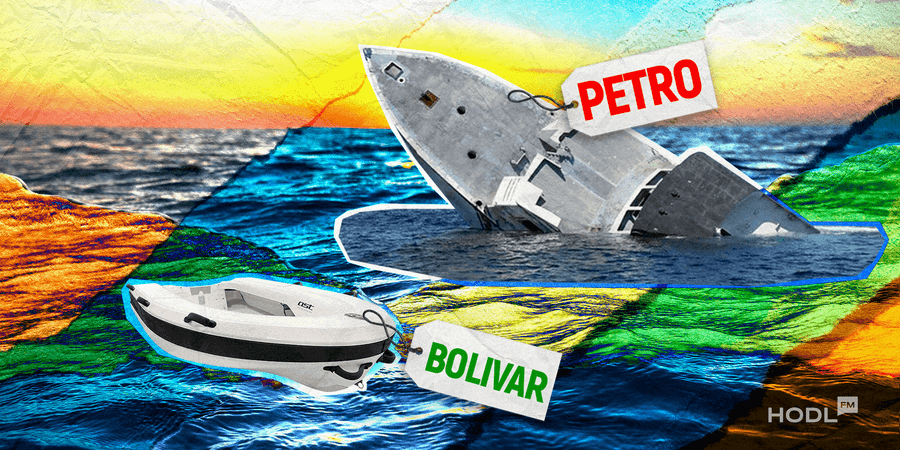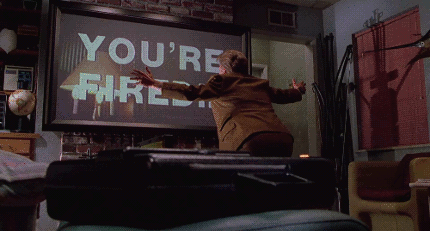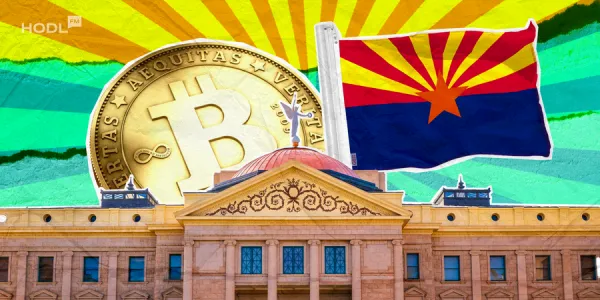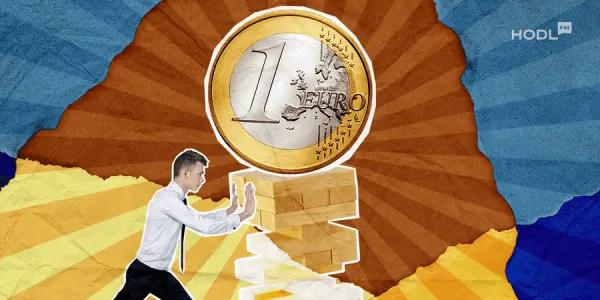Venezuela has officially terminated its controversial Petro cryptocurrency after six tumultuous years. The Petro, initially introduced by President Nicolas Maduro as a means to bypass US sanctions, has been plagued by scandals and operational difficulties. This article explores the rise and fall of the Petro, shedding light on its challenges and the decision to return to the struggling local currency, the Bolivar.
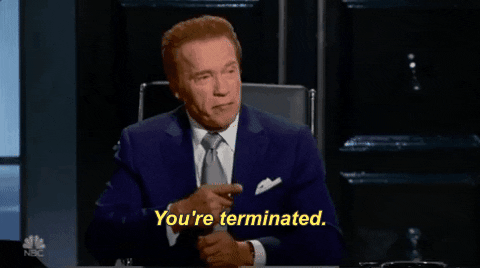
The Birth of the Petro and its Grand Vision
Petro was unveiled in 2018 as a groundbreaking solution to economic sanctions. President Maduro aimed to secure new sources of international financing by leveraging Venezuela’s vast oil reserves. However, the Petro faced significant challenges from the start, hindering its acceptance and practical application. Additionally, in 2019, U.S. authorities sanctioned a Russian bank for financing the Petro.

The Petro encountered a few difficulties, including confusion among citizens regarding its utility and credibility. The article highlights the scam label attached to the Petro by risk rating agencies, which further hindered its adoption. Despite attempts to promote its usage in specific sectors, the Petro remained largely confined to limited state operations, with taxes and fines payable in Petro’s but not actually transacted with the cryptocurrency.
Petro’s Downfall: Scandals and Operational Setback
The article examines the final blow dealt to the Petro, which stemmed from a corruption scandal involving irregularities in oil operations conducted with crypto assets. The scandal led to the resignation of Petroleum Minister Tareck El Aissami and the detention of top officials, including the crypto regulator. The crackdown on Bitcoin mining operations, coupled with a temporary ban on crypto mining, further compounded the Petro’s woes.
Venezuela’s Return to the Bolivar
Returning to the Bolivar provides an opportunity for Venezuela to reestablish trust in its traditional financial system. While the Bolivar has faced its own share of challenges, it remains the backbone of the country’s economy and holds a familiar place in the lives of its citizens.
However, the road to economic recovery is not without obstacles. Venezuela still grapples with hyperinflation and the devaluation of the Bolivar. The government will need to implement strategic measures to stabilize the currency and restore confidence in its value.
Conclusion
The article concludes by emphasizing the rise and fall of the petro cryptocurrency, highlighting the challenges it faced and the controversies that ultimately led to its demise.
More Info on Regulations:
- Bitcoin Has Gained Legality Within Honduras
- How $2.2 Billion Circumvented China’s Capital Controls via Crypto Trading Platforms
- El Salvador Leads in Bitcoin Interest as Brazil Overtakes Nigeria in Google Trends
Venezuela’s decision to return to the bolivar reflects the country’s need for stability and long-term economic recovery. Time will tell whether this shift will bring the desired results and restore faith in Venezuela’s financial system.
Disclaimer: All materials on this site are for informational purposes only. None of the material should be interpreted as investment advice. Please note that despite the nature of much of the material created and hosted on this website, HODL FM is not a financial reference resource and the opinions of authors and other contributors are their own and should not be taken as financial advice. If you require advice of this sort, HODL FM strongly recommends contacting a qualified industry professional.
